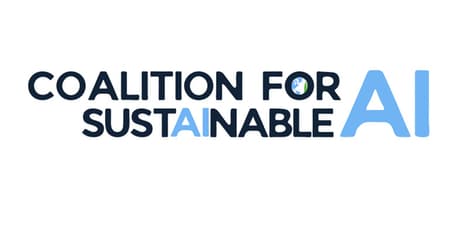The AI Productivity Paradox Is Real
Related Trend Reports
AI, Business, Computers, Eco Architecture, Life, Lifestyle, Market, Mobile, Multimedia, New Ventures, Tech


Despite massive enterprise AI investments over the past two years, something weird is happening: the more AI tools organizations deploy, the slower they seem to move.
This isn't a failure of artificial intelligence—it's a failure of implementation intelligence.
The Analysis Paralysis Engine
Modern AI systems excel at comprehensive analysis—perhaps too well. Where executives once made decisions with limited data, they now drown in AI-generated scenarios. Investment committees that previously reviewed three options now wade through dozens of AI-produced alternatives. Strategic planning sessions stretch endlessly as teams struggle to prioritize between competing AI recommendations.
The promise was faster decision-making. The reality? Decision paralysis.
The Integration Illusion
Most organizations have fallen into the "bolt-on" trap—adding AI capabilities to existing workflows without fundamental redesign. The result is local optimization that creates global inefficiency.
Manufacturing companies deploy separate AI systems for quality control, predictive maintenance, and supply chain optimization. Each system works brilliantly in isolation but creates coordination nightmares. Quality alerts that maintenance AI can't prioritize. Supply chain optimizations based on outdated quality data. Efficiency gains in individual departments offset by integration overhead across the organization.
The fundamental issue? Organizations are implementing AI tools rather than AI strategies.
The Fix: Think Like an AI Engineer
Leading companies are discovering that AI transformation requires treating implementation as an architectural challenge, not a technology adoption problem. Three principles distinguish successful AI adopters:
Consolidation Over Proliferation: Instead of deploying multiple point solutions, winning organizations select comprehensive platforms that handle diverse tasks within unified interfaces. They're reducing cognitive load by minimizing the number of AI systems employees must master.
Decision Frameworks Over Analysis Expansion: Rather than using AI to generate more options, sophisticated leaders deploy AI to surface the most relevant insights for specific decision types. They program systems to present maximum three scenarios with clear confidence intervals, forcing prioritization rather than enabling analysis paralysis.
Process Redesign Over Feature Addition: The most successful implementations involve fundamental workflow restructuring. Organizations are creating new roles and processes that leverage AI's analytical power while preserving human strategic judgment. They're designing work around AI capabilities rather than bolting AI onto existing work.
Measuring What Actually Matters
Traditional productivity metrics miss AI's true value. Revenue per employee and task completion rates can't capture decision quality improvements or strategic option creation. Organizations need frameworks that measure insight generation and strategic agility rather than just operational efficiency.
The companies solving this puzzle aren't just getting faster—they're getting fundamentally smarter about how work gets done.
The Bottom Line
The AI productivity paradox represents a critical organizational inflection point. Companies that solve integration challenges will gain sustainable advantages, while those stuck in tool proliferation face increasing disadvantages despite significant investments.
The productivity paradox is temporary, but the organizational capabilities required to resolve it will determine competitive positioning for the next decade. The future belongs to companies brave enough to rebuild their cognitive architecture from the ground up.
For more industry insights, check out Trend Hunter's free 2025 Trend Report.


